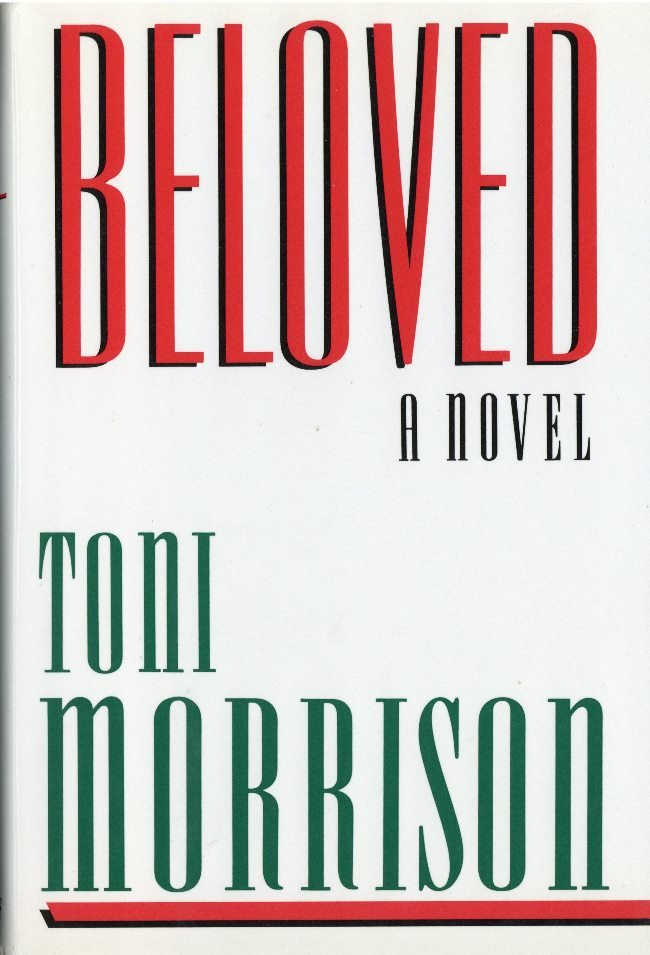
Under the Influence charts the often-mysterious ways that art begets art, calling upon moviemakers to write about one creative work that informed and inspired their own.
In this edition, screenwriter Julia Hart recalls her first time reading Toni Morrison’s seminal novel Beloved, and how its powerful themes of protection and love informed the writing of her new feature, The Keeping Room. The drama, directed by Daniel Barber and set at the end of the Civil War, follows three women under attack from violent soldiers on Sherman’s March.

Brit Marling plays Augusta, a woman tasked with defending her home and small family in The Keeping Room
I was 15 when I first read Beloved in my high school English class. And the weekend we were assigned the last chapters of the book, my friend Kristen and I were calling each other every 20 pages until the end, gasping and screaming and crying and hanging up to keep reading and calling back to keep talking. We were so moved, so engaged, so locked in, so excited. And this was all because of the incomparable genius of Toni Morrison and the way in which she was taught to a bunch of teenagers by our extraordinary teacher, Ms. Jewett.
Morrison gave this privileged white girl a glimpse into a world and a time and place from which I could not be more removed. I had learned what slavery was in history class, but it wasn’t until Beloved that I started to understand what slavery meant. That it meant a woman would kill her own beloved child to keep that child from slavery.
Morrison’s genius moved me to empathize with Sethe, this woman, this mother, in the act of killing a child. And not only did I empathize with her, I loved her. Thick, thick, protective, compassionate love. And now that I’m a mother myself, I love Sethe even more. And it is through this love that I finally begin to understand slavery. In the corners of my mind I begin to comprehend the existence of something so horrific that killing what you love most is an act of mercy. No history lesson alone could teach me that. Art is necessary. Art is powerful.
Something else that always struck me about Beloved is that is has genre elements. It’s a ghost story, a horror story, the ultimate horror: slavery. Morrison’s main character is literally haunted by slavery through the ghost of the child she killed. With The Keeping Room I wanted to explore that same idea of how we are haunted by the horrors of history, of the present, of war, of slavery and of ourselves. I wanted to make a horror film about slavery and, more broadly, about war. And in doing so show that for some horror is not a genre, it’s a reality.
Why are we so fascinated by ghost stories? With horror movies? Maybe it’s because art is a safer way to explore the dark side of our world and of ourselves. We can tell ourselves, “It’s just a story; it’s just a movie.” But what Morrison does—and I attempted to do in The Keeping Room—is remind us that it’s not just a story. It’s not just a movie. This is real. This really happened. The story I tried to tell, the film I wrote, may not be easy, but I hope it makes you think and I hope it makes you feel. Gasp and jump and cry and scream and call your friend and keep reading and keep watching and never ever forget. MM
The Keeping Room opens in theaters September 25, 2015, courtesy of Drafthouse Films.



